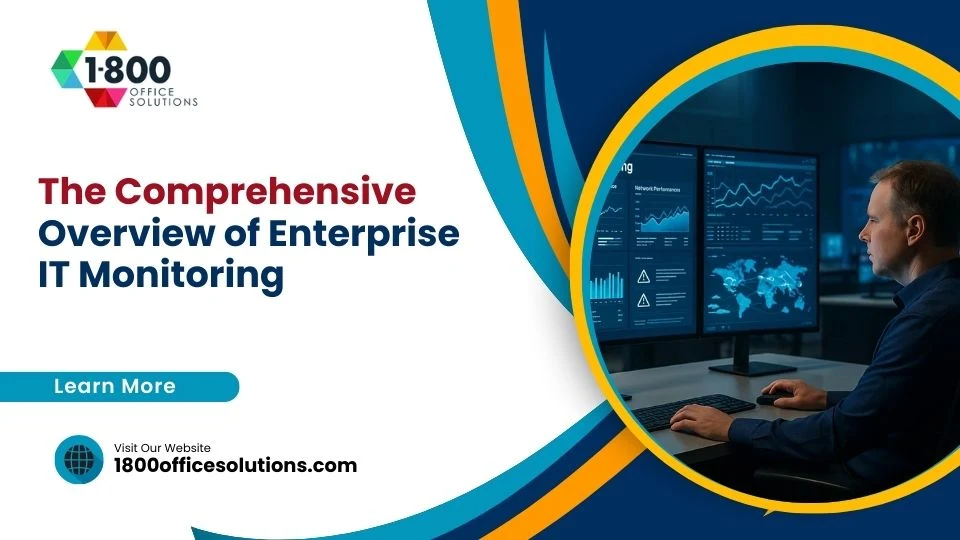Efficient Ways to Save on Office Printers

Office printers are often the unsung heroes of the workplace. Despite their importance in daily operations, many businesses overlook the cost-saving opportunities tied to printing. Ink, toner, paper, maintenance, and energy all add up—especially in environments with high-volume printing. Fortunately, with a combination of smart strategies and the right tools, it’s possible to reduce these costs significantly without sacrificing productivity or print quality.
1. Understand Your Office Printers Need
Before you start saving, assess what your business really needs. High-volume offices may benefit from fast, efficient laser printers, while smaller teams might be better served by inkjet models with lower upfront costs. Look at print frequency, color vs. black-and-white needs, and functionality (e.g., scanning, copying).
2. Use Ink & Toner Subscription Services
Services like 1800 Office Solutions or HP Instant Ink offer flat-rate subscriptions based on page count, not ink usage. These can help avoid surprise refill costs and minimize downtime due to empty cartridges.
- Predictable billing: Avoid bulk purchases and budget surprises.
- Automated delivery: Supplies arrive before you run out.
- Environmental programs: Most include cartridge recycling.
3. Choose Refillable Ink Printers
Models like the Epson EcoTank or Canon MegaTank offer large refillable tanks that slash long-term costs.
- Lower cost per page: Great for high-volume environments.
- Reduced waste: Fewer cartridges mean less plastic.
- Transparent ink levels: Prevent surprises mid-print.
4. Always Buy Genuine or Trusted Compatible Cartridges
Counterfeit or low-quality cartridges can leak, produce poor output, and void warranties. Trusted third-party brands often match OEM performance at a lower cost—check reviews and ISO certifications.
5. Invest in the Right Printer
Make purchasing decisions based on total cost of ownership (TCO)—not just upfront price. Evaluate expected lifespan, energy consumption, and supplies needed. Features like duplex printing, sleep mode, and large-capacity trays all contribute to long-term savings.
6. Implement Smart Printing Techniques
- Duplex printing: Reduces paper usage by up to 50%.
- Draft mode: Ideal for internal docs—uses less ink.
- Print multiple pages per sheet: Great for slide decks and notes.
- Default to B&W printing: Reserve color for essential needs.
7. Monitor and Control Printing Habits
Use print management tools like PrintVisor or PaperCut to track who’s printing what. These tools provide analytics that help reduce unnecessary printing and wasteful habits.
- Track print volume: Spot trends and set limits.
- User-based quotas: Encourage mindful printing.
- Scheduled reports: Inform policy updates.
8. Reuse Single-Sided Paper
Designate a bin for one-sided misprints and use the blank side for notes, internal drafts, or practice sheets. It’s a simple way to cut waste and cost.
9. Educate Staff on Print Best Practices
Make saving part of your workplace culture. Post signage at print stations reminding staff to:
- Use print preview
- Print only necessary pages
- Use digital alternatives when possible
Consider offering incentives for departments or teams that consistently reduce printing volume.
10. Implement Badge-Activated Printing
Also known as “pull printing,” this feature requires employees to swipe an ID badge before documents are released. It prevents abandoned print jobs and enhances document security.
11. Create a Paper-Saving Policy
A formal policy helps reinforce sustainable printing habits. Include requirements like:
- Default duplex printing
- Use of eco-fonts (e.g., Ryman Eco or Century Gothic)
- Mandatory print previews
- Paper reuse bins at every station
12. Go Paperless Where Possible
Embrace tools like Google Drive, Microsoft SharePoint, or Dropbox to collaborate and share documents electronically. Many business processes—HR onboarding, invoicing, reporting—can now be digitized entirely.
13. Evaluate Page Yields and Printer ROI
When choosing ink or toner, look at the page yield (how many pages one cartridge prints). Combine this with the printer’s cost-per-page data to make informed decisions about the best long-term investments.
Frequently Asked Questions
What is the average cost per page for office printing?
Black-and-white prints typically cost between $0.02–$0.05 per page, while color prints range from $0.08–$0.20 depending on printer type and ink source.
What are the benefits of going paperless?
Besides reducing costs on ink, paper, and maintenance, going paperless improves document accessibility, speeds up workflows, and supports environmental sustainability.
How can I monitor and control office-wide printing?
Print management software like PrintVisor, PaperCut, and Equitrac let you track usage, set print limits, and enforce company-wide policies.
Final Thoughts: Make Printing Smarter, Not Costlier
Saving on office printers doesn’t require compromising quality or functionality. By making small, strategic changes—from smarter purchasing to employee education—you can reduce your print-related expenses significantly while also enhancing your sustainability efforts. Take action today and watch your office become more efficient, eco-friendly, and cost-effective.
Need a custom strategy for your business printing needs?
Contact us for a free consultation today!










